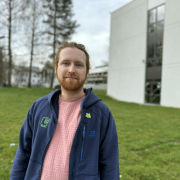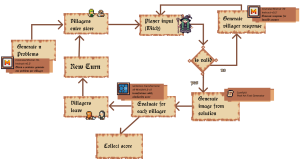Authors: Narges Mehran, Zahra Najafabadi Samani, Samira Afzal, Radu Prodan, Frank Pallas and Peter Dorfinger
Event: The 40th ACM/SIGAPP Symposium On Applied Computing https://www.sigapp.org/sac/sac2025/
Abstract:
The popularity of asynchronous data exchange patterns has recently increased, as evidenced by an Alibaba trace analysis showing that 23% of the communication between microservices uses this method. Such workloads necessitate exploring a method for reducing their dataflow processing and completion time. Moreover, there is a need to exploit a prediction method to forecast the future requirements of such microservices and (re-)schedule them. Therefore, we investigate the prediction-based scheduling of asynchronous dataflow processing applications by considering the stochastic changes due to dynamic user requirements.
Moreover, we present a microservice scaling and scheduling method named PreMatch combining a machine learning prediction strategy based on gradient boosting with ranking and game theory matching scheduling principles. Firstly, PreMatch predicts the number of microservice replicas, and then, the ranking method orders the microservice replica and devices based on microservice and transmission times. Thereafter, the PreMatch schedules microservice replicas requiring dataflow processing on computing devices. Experimental analysis of the PreMatch method shows lower completion times on average 13% compared to a related prediction-based scheduling method.








